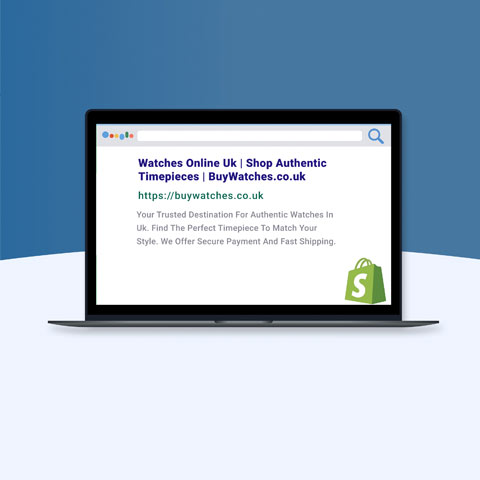Marrying Content and eCommerce with Composable Commerce


When a movie gets rave reviews, it’s not uncommon for the studio to order the production of a sequel. Sometimes these sequels flop considerably, but classics are often born that span more than just a second film. Franchise movies like Star Wars, The Dark Knight, and others are a few contemporary examples of excellent follow-ups to already great movies.
A sequel is simply the next stage of a film that continues to tell the story and further develops the idea. For ecommerce businesses that were introduced to the concept of headless ecommerce, the sequel is on the horizon, and it’s known as composable commerce. Headless commerce allows us to choose the best frontend experiences. But composable commerce goes a step further, enabling businesses to select the frontend experiences and the backend components that make up their ecommerce stacks.
Uniting content and commerce along the entire customer journey is a key goal for major enterprises. But what if the current tools can’t adequately implement the desired content marketing strategy? Headless commerce can help in many ways, but the composable commerce approach does an even better job.






![[Research] Apps: The Secret Engine of Ecommerce Growth [Research] Apps: The Secret Engine of Ecommerce Growth](https://images.bizibl.com/sites/default/files/apps-and-web-similarweb-480.jpg)


